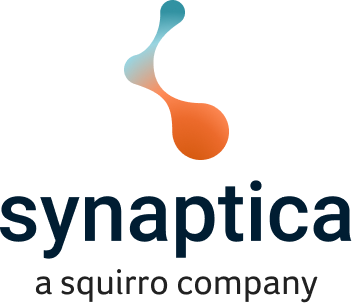Enterprise taxonomy and ontology initiatives are collaborative exercises often involving numerous stakeholders with different roles and responsibilities. Graphite has a permission model that supports precise control of what different stakeholders can see and what editorial permissions they have.
Users come together to collaborate in a Graphite Project. A Project is a container of one or more taxonomy schemes, users and user-permissions.




